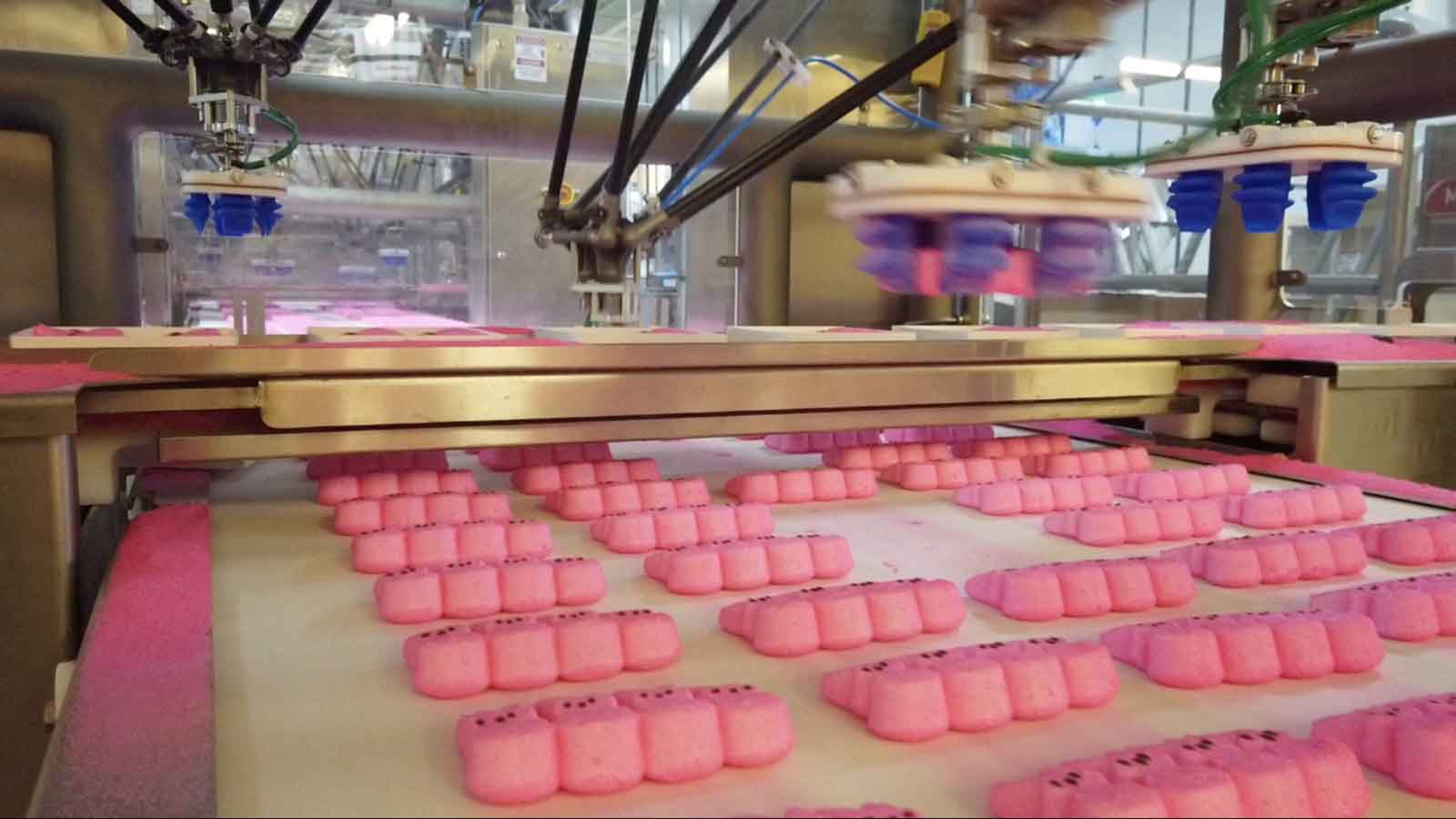Pick and place packaging systems are a vital part of modern manufacturing processes, especially in industries requiring precision and speed. These systems automate the task of picking up products from a conveyor and placing them into containers, trays, or boxes. This automation improves efficiency, reduces labor costs, and minimizes human error. The integration of robotics and vision systems enhances the accuracy of pick and place machines, ensuring that delicate or irregularly shaped items are handled with care. These systems are ideal for a variety of industries, from food packaging to electronics assembly, ensuring quality and consistency in packaging operations.
The Role of Case Packing Systems in Production
Case packing systems are essential in streamlining the process of grouping, packing, and sealing products into boxes or cases. These systems are particularly important in industries such as food and beverage, pharmaceuticals, and consumer goods. Case packing systems help optimize space utilization in shipping, reduce manual labor, and increase packing speed. By automating the process, businesses can meet high demand while maintaining quality standards. Furthermore, case packing systems ensure that the packaging is secure, which is crucial for protecting products during transit. The automation of case packing also contributes to reducing operational costs and increasing overall productivity.
Efficiency Gains with Pick and Place Packaging
One of the primary advantages of Pick and Place Packaging is the significant boost in efficiency it brings to packaging lines. By automating the process, manufacturers can pack products at a much faster rate compared to manual labor. This leads to increased throughput and reduced bottlenecks, allowing businesses to meet tighter deadlines and higher production volumes. Additionally, automated pick and place systems can be easily adjusted to accommodate various product sizes and shapes, providing flexibility for manufacturers. With improved cycle times and precision, pick-and-place systems can significantly enhance a company’s overall operational efficiency.
Customization in Case Packing Systems
Case packing systems can be tailored to suit the specific needs of a business, making them highly versatile across different sectors. Customizable features such as adjustable speeds, various types of case styles, and the ability to handle varying product sizes are essential for optimizing packaging operations. Depending on the nature of the products, case packing systems can include mechanisms for orientation, stacking, or even packing in layers. This flexibility ensures that products are packed securely and efficiently. Custom solutions also allow for the integration of other equipment, such as labeling or barcode scanning, to streamline the entire packaging and shipping process.
Pick and Place Packaging: Reducing Labor Costs
Labor costs are a significant factor in manufacturing, and automating processes like pick-and-place packaging can help businesses save money. By reducing the need for manual labor, companies can not only lower wages but also minimize the risk of injuries related to repetitive tasks. Automated systems are highly reliable and can work continuously without the fatigue or errors that can arise with human workers. This allows companies to redirect labor resources to other essential tasks, further improving overall efficiency. The reduced dependency on manual labor also makes businesses more scalable and adaptable to changing production demands.
Integrating Case Packing Systems with Other Production Lines
In a modern production environment, integration is key to optimizing overall performance. Case packing systems can be seamlessly integrated with other automated production lines, such as sorting, labeling, and shipping systems. This creates a smooth flow of products from one station to the next, ensuring that the packaging process is not a bottleneck in the overall production cycle. Integration also facilitates real-time monitoring and tracking, allowing managers to identify any issues in the packing process immediately. The ability to integrate case packing systems with existing infrastructure can significantly improve the productivity of the entire manufacturing operation.
Conclusion
The future of pick-and-place packaging and case packing systems is closely linked to advancements in robotics and artificial intelligence (AI). As AI continues to evolve, packaging systems will become more intelligent and able to adapt to changes in product design or packaging requirements. Robotics will also become more agile, capable of handling a wider range of products with greater precision. Additionally, the demand for eco-friendly packaging is pushing innovation in both areas, leading to the development of more sustainable packaging materials and methods. The continued evolution of these technologies promises even greater efficiency, flexibility, and cost savings for manufacturers.









